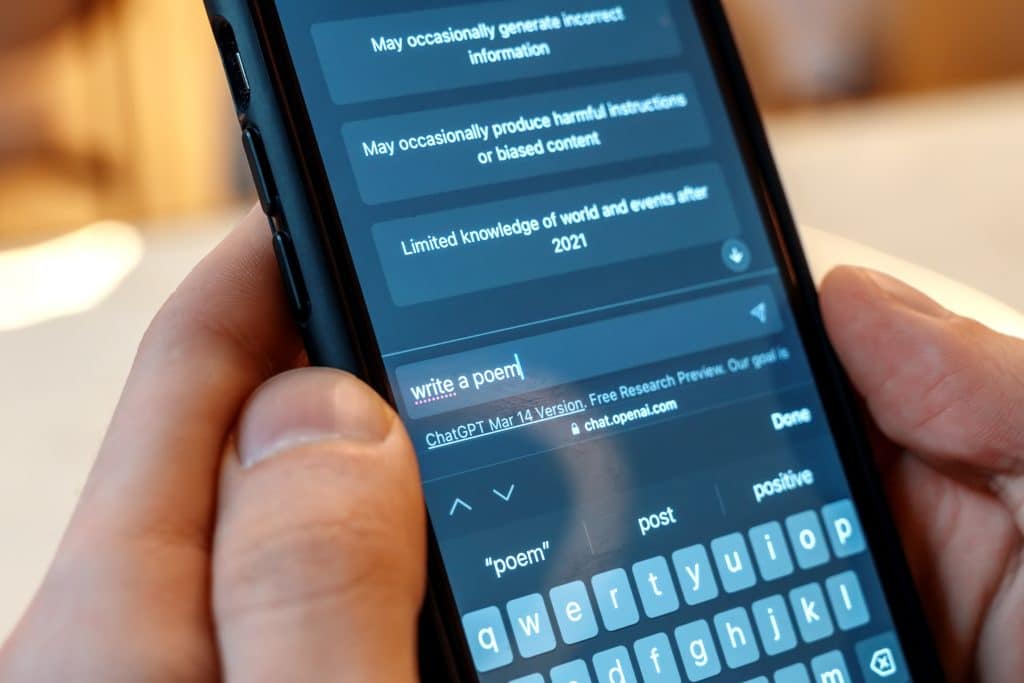Conversational AI is one of the hottest topics right now.
Unless you’ve been living under a rock, you will have heard about OpenAi’s ChatGPT, and how it is revolutionising the way students write essays, and changing the way businesses operate.
But the truth is that artificial intelligence has been around for well over a decade. In fact, Google Search is just one of the ways in which artificial intelligence has changed our lives.
You may have also come across artificial intelligence at the self-serve register at the supermarket, or when launching on a road trip and selecting your destination on a GPS.
Chatbot devices are the latest tools to capitalise on artificial intelligence and challenge conversational AI.
Today, companies like OpenAI are opening a range of new possibilities and transforming how we access information, work, and communicate.
What is all the fuss about?
OpenAI’s GPT 4 is the latest version of ChatGPT that can respond to language requests in ways never seen before.
It stands for Generative Pre-trained Transformer 4, and its opportunities are endless. The program uses deep learning to construct human-like text to respond to some of our most complex questions.
Users simply enter a prompt like “what are the best cities to visit in Europe?” and the generative AI tool produces relevant information.
Users can then steer the chatbot in a direction of their choosing by asking further questions.
So, what makes this so special? Well, this OpenAI GPT 4 uses internet data to respond in a timely and accurate manner.
The program is designed to be used for a variety of purposes. But it is already proving a winner for customer service and sales departments.
What does the future look like?
Businesses are quickly taking advantage of this conversational AI. In fact, Meta, Canva and Spotify are among the big players using models similar to GPT 4 AI as part of their customer service offerings.
Voitec has also embraced Conversational AI. Our CX Cloud system has Conversational AI capabilities, including GPT 4 from Open AI, enhancing customer experience and reducing customer service costs.
This technology is not showing any signs of slowing down.
In fact, the possibilities for the GPT 4 chatbot, and beyond, are far-reaching:
- more human-like responses
- greater integration within business
- enhanced accuracy and level of detail
- advanced personalisation
- increased efficiency.
Another area that could be on the table for generative AI is omnichannel interaction. This means the GPT 4 chatbots could be better integrated with interactive channels.
For example, businesses could leverage these chatbots within their social media platforms, websites, and messaging apps.
It means customers and users will be speaking with a chatbot that boasts accurate, human-like responses at a lightning speed.
These virtual assistants may sound familiar, but their rapid advancement will see them understand complex nuances in language and emotions like never before.
They’re also slated to offer fine-tuned responses in line with your company’s vision and strategy.
Overall, the future of conversational AI is bright. Businesses are encouraged to understand its benefits, limitations, and assess where it can fit within their current scope of work.

